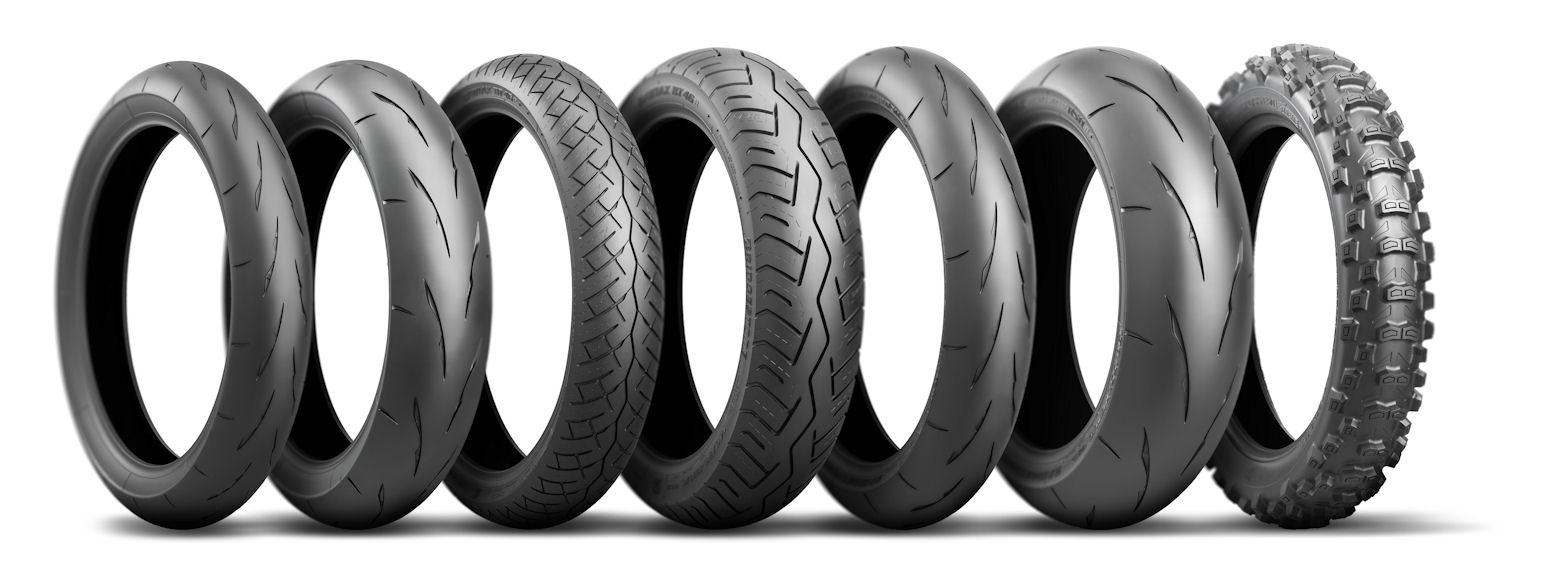Everything About Motorcycle Tyres: A Comprehensive Overview for Lovers
For motorbike lovers, comprehending the intricacies of their equipment's tires is an essential aspect frequently ignored. This guide, 'Everything about Motorbike Tyres', unlocks the complex globe of tire types, dimensions, and requirements, all straight affecting efficiency and security. It surpasses plain expertise, providing workable suggestions for upkeep, option, and substitute. One can not aid yet question what refined changes this newfound knowledge could give their following experience.
Recognizing the Essentials: Different Types of Motorcycle Tyres
In the globe of motorcycling, tyres play an essential role, not only in ensuring a risk-free experience yet additionally in boosting the overall efficiency of the bike. They are available in various kinds, each made for details riding problems and efficiency demands.

Then there are dual-sport tyres, which supply an equilibrium in between on-road security and off-road hold. Racing tires, utilized for track auto racing, offer optimal grip yet have an extremely short life-span.
Comprehending these kinds and their details attributes assists motorcyclists pick the right tire for their riding design and conditions, thus ensuring optimum performance and security. Such expertise develops the structure prior to diving into tire dimensions and specifications.
Exactly How to Translate Your Motorbike Tyre Size and Requirements
Having a firm grasp on the different kinds of bike tires leads naturally to a deeper understanding of their sizes and requirements. The tire's size and specifications are generally shown on the sidewall. The 2nd number, following a reduce, is the aspect ratio or the elevation of the tyre's sidewall revealed as a percent of the size.
Specific letters may follow these numbers, indicating speed score and lots index. 'M' represents a maximum rate of 130km/h, while '70' shows a load bring capability of 335kg. Such elaborate details can substantially affect a bike's efficiency. Hence, it's vital for cyclists to comprehend how to decode their bike tyre dimension and specs.
Picking the Right Tire for Your Riding Design and Conditions
Picking the right tyre for your bike is not a decision to be ignored. It's essential to consider the sort of riding one does frequently; whether it's travelling, visiting, off-roading, or sporting activities riding, each style demands a different type of tyre. For example, sport riders may choose for performance tyres that offer excellent grasp and rate, while commuters could favor tires developed for resilience and comfort.
For damp and snowy conditions, tires with deep step patterns and softer rubber compounds are suitable as they give far better hold and traction. Eventually, understanding your riding style and the conditions you'll deal with aids in selecting the right tire, enhancing both safety and security and performance.
Tips for Keeping Your Motorcycle Tyres for Optimum Efficiency
Correctly keeping your bike tyres dramatically boosts their efficiency and long life. Regular evaluation is a vital component of this process. Cyclists should try to find indications of deterioration, such as cuts, slits, or uneven wear patterns that might indicate placement issues.
Cleaning is one more crucial aspect of tyre upkeep. Removing debris and grime not only improves the tire's appearance but also prevents premature wear. A mild scrub with a soft brush and soapy water is usually sufficient.
The function of tire turning can not be discounted. By rotating the tires' positions, one can make certain also use and extend their life expectancy.
Lastly, the cyclist should always monitor the tire's step deepness. A superficial walk can jeopardize grip, causing unsafe riding conditions. To this end, numerous countries have lawful minimum tread depths, and motorcyclists are encouraged to abide by these guidelines for security.
The Effect of Tire Pressure on Your Riding Experience

Understanding Tire Pressure Dynamics
While it could seem an irrelevant factor to some, tire stress plays an essential function in the overall riding experience of a bike. Over-inflated tyres can make the experience severe and rough, while under-inflated tyres can lead to inadequate handling and increased gas intake. Tyre stress also affects the tires' get in touch with patch - the location of the tyre that touches the ground.
Changing Pressure for Performance

(Adventure Motorcycle Tyres NZ)The suitable pressure differs with load, road problem, and riding style. For optimal efficiency, it's critical to seek advice from the producer's suggestions, normally etched on the bike or in the proprietor's manual.
Routine checks utilizing a trusted pressure gauge are crucial. As weather condition influences stress, adjustments ought to be made when tyres are chilly. Therefore, understanding and applying correct tire pressure changes dramatically improve a biker's experience, advertising security and efficiency.
When and Exactly how to Change Your Bike Tyres Safely
Guaranteeing the safety and performance of your adventure, routine evaluation and timely replacement of bike tyres is a job of utmost significance for every single biker.
Tyres need to usually be changed every five to six years, or when the step deepness reaches 2mm. Elements such as driving practices, roadway conditions and tyre maintenance can affect this duration. It's important to routinely evaluate tires, searching for indicators of wear and tear, punctures or deformities.
Replacing a tire requires unique devices and understanding. The brand-new tyre should be appropriately straightened and blown up to recommended stress.
It is usually recommended for much less skilled motorcyclists to have actually tyres changed by professionals. This makes sure safety and security and increases performance, underscoring the importance of tire upkeep in bike usage.
Conclusion
To conclude, understanding the intricacies of motorbike tires, from kinds to size specifications, plays an important function in boosting riding experiences. Making notified choices based upon riding design and problems, combined with appropriate upkeep and recognition of tire stress, can dramatically enhance performance and safety. Finally, recognizing when and just how to change tyres guarantees bikers can remain to enjoy their motorcycle journeys with the utmost self-confidence.